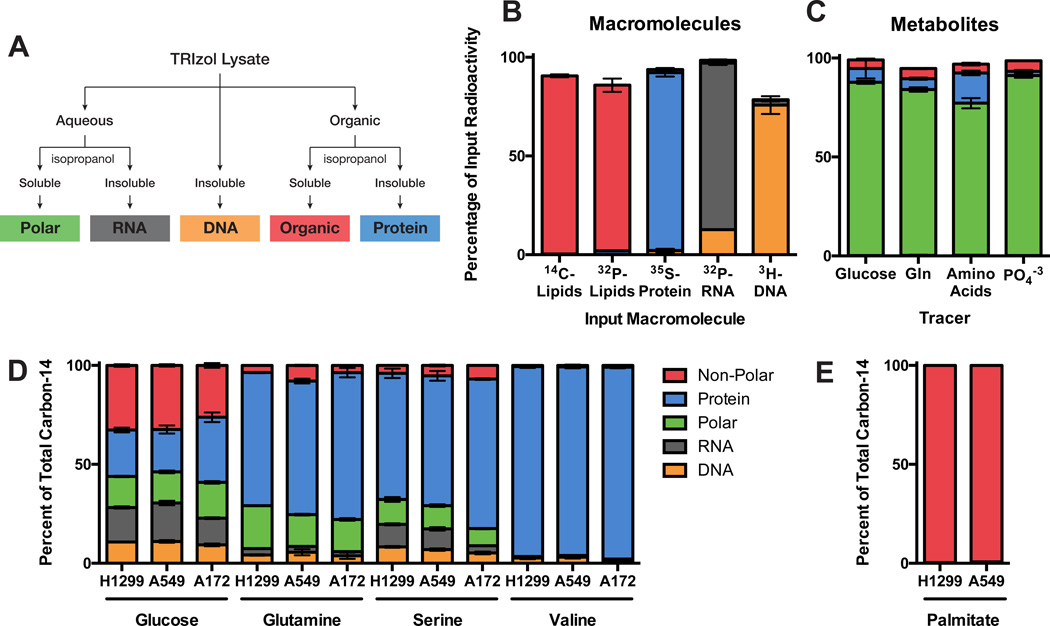Figure 5. Glucose, glutamine, and other amino acids have diverse biosynthetic fates.
(A) Scheme used to fractionate cells into different macromolecular classes based on differential solubility is shown. Material not precipitated from the aqueous phase is referred to as the polar fraction, and material not precipitated from the organic phase is referred to as the non-polar fraction. (B) Radioactive macromolecules were independently synthesized and purified from HEK293 cells and then used to assess yield and purity of the fractions resulting from the scheme in (A). (C) Radioactive small molecules derived from different nutrients were extracted from HEK293 cells and used to assess yield and purity of the polar fraction resulting from the scheme in (A). (D and E) The relative contributions of (D) glucose, glutamine, serine, and valine, and (E) exogenous palmitate to different macromolecule fractions were determined for H1299, A549, and A172 cells. Each bar represents the average of N=3 replicates, ±S.D.

